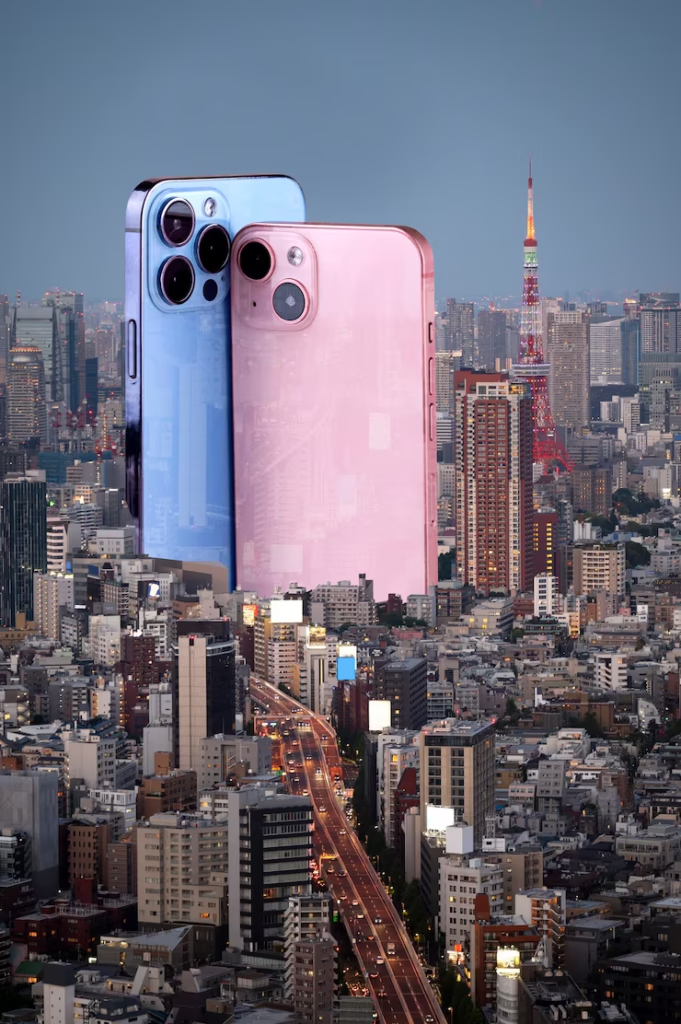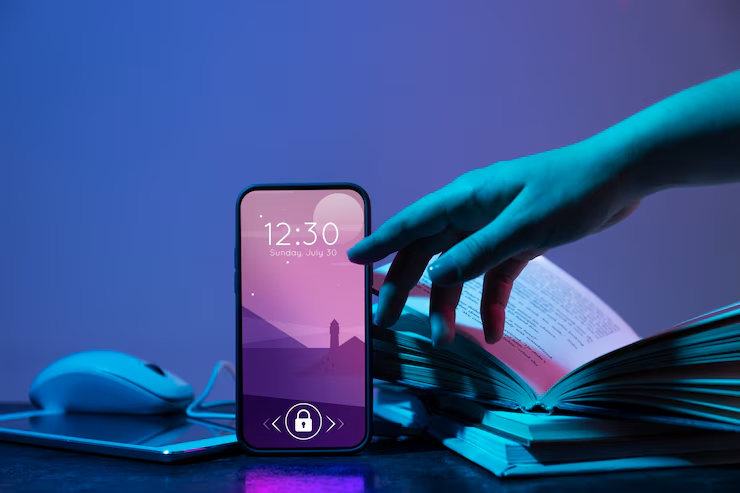Smartphones keep changing how we live. In 2025, new ideas make phones more helpful. This article looks at key changes in screen tech, battery life, camera tools, new materials, and phone safety.
Introduction to Latest Smartphone Innovations in 2025
Many phone makers push to make devices that last longer and do more. This helps users work, learn, and stay in touch. In early 2025, main firms like Apple and Samsung roll out new phones. These models focus on three things: clear view, long use, and smart photos. You will read about each area in plain terms.
Enhanced Screen Tech for Clear View
Smartphone screens now offer bright images and true color. This helps you see maps, videos, and apps with ease.
OLED and Mini LED Displays
Most top phones use OLED screens. These show deep blacks and lively hues. In 2025, some brands add Mini LED layers. This gives brighter light in sun. It also cuts power use. You see text and art with sharp lines.
Under-Screen Camera
Some new models hide the front camera below the screen. This brings a full look with no black bar. You still get fair image calls. The screen cover is clear when you open the camera. Then it goes back to full view.
High Refresh Rates
Refresh rate means how often the screen redraws. Phones now hit up to 144 hertz. This makes scrolling and game play smooth. In daily apps, you feel no lag.
Longer Battery Life for All-Day Use

Battery tech in 2025 aims to get you through long days. Phone firms test new cell types and charging tricks.
Solid State Cells
Solid cells can hold more energy in the same space. Some test units show they can run a phone for two days on one charge. Full roll out will start in late 2025. For now, a few high end phones carry this build.
Ultra Fast Charge
Fast charge methods now fill a phone from zero to fifty percent in ten minutes. This uses clever heat control to keep parts safe. You plug in for a short break and then go.
Wireless Charge Pads
New pads let you charge at ten watts or more without wires. You set your phone on a pad. You can also add wearables and small tools to the same pad. No need for many plugs.
Smarter Camera Tools for Sharp Photos
Phone cameras in 2025 use fresh software and lens parts. They aim to make note shots look clear.
AI-Based Scene Aid
In photo mode, software now scans your view. It picks best light levels and focus spots. It can warn you if your subject is out of focus. And it can suggest a small move to get more light.
Periscope Zoom Lens
Periscope style zoom uses angled mirrors to fit big zoom in a slim frame. You can get up to ten times optical zoom. That means you get clean sports or live act shots from far away.
Multi-Sensor Blend
Three or four lens units now work at once. One lens adds wide view. One goes deep. One catches low light. The phone blends all data into one clear shot. You see more detail in dim or bright parts.
New Connectivity for Faster Links
Mobile web and tool links in 2025 are far quick and stable.
5G Plus
5G now goes into more bands. This adds range in rural and tight city zones. Speeds of two gigabits per second are common. You can stream full live feeds with no break.
WiFi 7 Roll Out
WiFi 7 brings more channels and less jam in busy spots. It helps in office blocks and apartment hubs. You play cloud games with no lag.
Bluetooth LE Audio
Bluetooth low energy audio in 2025 uses less power. It also streams more data for rich sound. Earbuds can now run for eight hours on one charge.
Secure Design and Data Guard
Phone theft and hack risks rise. In 2025, firms build more walls to keep data safe.
On-Device AI for Face ID
Face ID now runs full on your phone chip. No image leaves your phone. This cuts leak risk. It also works in low light and with small face moves.
Multi-Factor Safe Lock
Some phones ask for a pin plus a small gesture on screen. Others mix a tap code with face or print. This extra step blocks most break-in tries.
Secure OS Sandboxes
Apps now run in strong walls. One bad app can’t reach data from your bank app. If a bug shows up, it stays in its own box.
Foldable and Rollable Builds
Foldable models came out before. In 2025, rollable types reach more users.
Roll-Out Screens
Rollable phones have a part that slides out. You open it to see a tablet style. You close it to hold it as a phone. This shift happens with no wrinkled joint.
Dual Fold Patterns
Some foldables now fold twice. You get three view modes: phone, small book, and wide pad. This gives you room for notes, maps, or art.
Tougher Hinges and Layers
New hinge parts resist dust and sweat. The screen layers now bend more times without wear. You see no crease after long use.
Fresh Materials for Build and Feel
Phone shells now use new mix of plastic, glass, and metal. They aim for less waste and more feel.
Recycled Plastic and Glass
Brands collect old phones and glass. They clean and melt parts to make new shells. This cuts new raw need by thirty percent.
Bio-Based Polymers
Some phone frames now use plastic made from plant parts. This is as strong but breaks down more in a compost site.
Ceramic Back Panels
Ceramic can stand heat and scratch. New forms of ceramic now fit slim frames. It also keeps signal fine and feels warm in hand.
Conclusion
New phones in 2025 bring clear screens, long run time, smart camera, and green tech. They also add more safety and new shapes. You will find a model that fits your use and habits. When you pick a phone, use these points to guide your choice. With these ideas, you can find a phone that works for you well into the next years.

